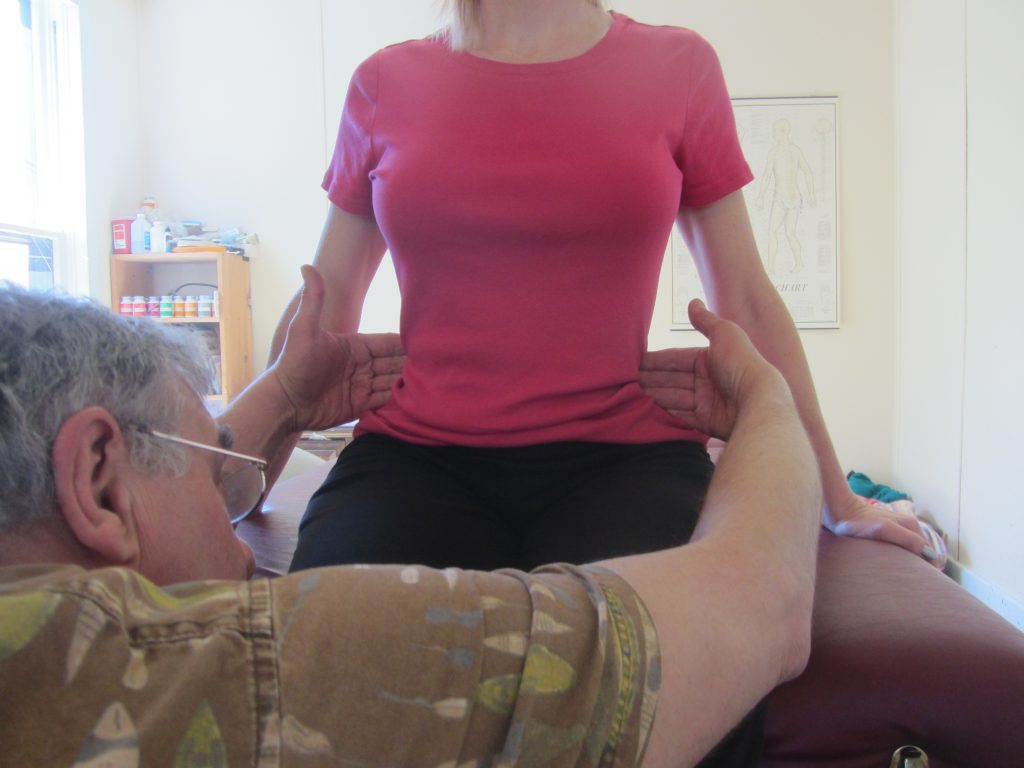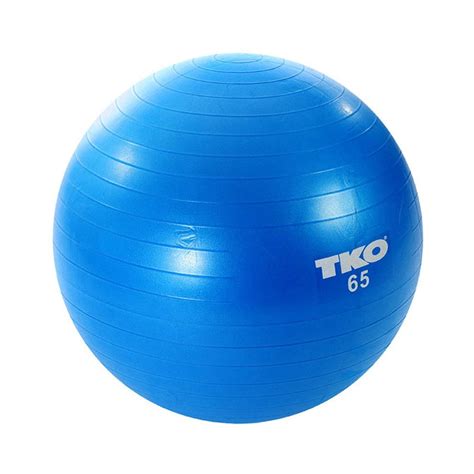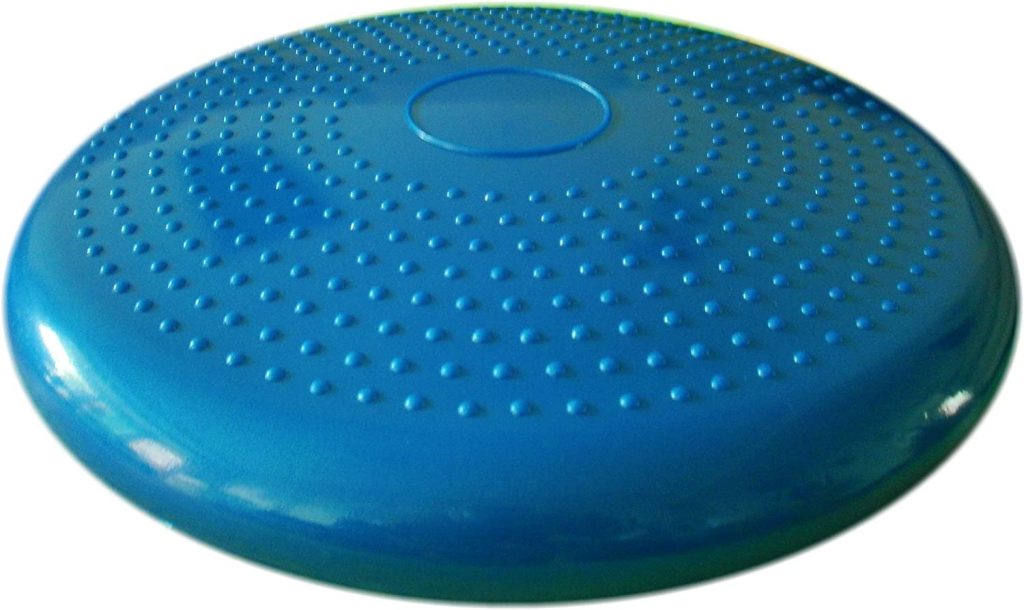A commonly overlooked cause of chronic pain.
I often hear the following statements from patients, “I get treatments all the time but it never seems to hold”, “I’m 50 years old now, but I’ve been getting treatment since my teens”, “My child is in his teens but he already has neck and back pain”. I could go on with a few more statements like this but hopefully you get the idea. So the question is, why do people have pain starting at an early age and continuing through adulthood?
This is an important question and unfortunately the scientific literature doesn’t really answer this question. I found however a very common finding that may be at the root of a significant portion of patients’ problems. I’m referring to an anatomical difference in leg length and/or the hemi pelvis height and less common, a tilted sacral base or wedged vertebra In my new patient population, over 90% of people that present with chronic pain either in the low back, mid thoracic region or neck have either a short leg, a short hemi pelvis, or both. It is so common, that if I don’t find any discrepancies I am surprised.
I propose an etiology for the development of pain associated with either leg or hemi pelvis height inequalities. When a person has either a short leg or short hemi pelvis there is a tendency to fall to the side that is short. Because the least overall stressful posture to the body is one of the weight being centered over the pelvis and feet the muscles opposite the short side will contract pulling the body to a more upright position. Typically the main muscle involved in doing this is the opposite quadratus lumborum muscle. Over time, this muscle becomes chronically tightened and shortened and will develop trigger points. The combination of referred pain from the quadratus lumborum and other muscles will create the typical low back pain pattern presentation. People often complain about pain in the lumbar region and also in the lateral hip and buttock region. The muscles that can contribute to this are the quadratus lumborum, gluteus medius, multifidi, iliopsoas, piriformis and the gluteus maximus. I leave it to the reader to research the pain referral patterns.
Typically on palpation, the opposite quadratus lumborum will be tight well as the tensor fasciae latae, gluteus minimus and medius, these muscles are the primary muscles that pull the body back to midline. The quadratus lumborum works on the spine and the other muscles bring the pelvis and femur closer together thus lifting up the opposite pelvis. All of these muscles will be particularly tight with the leg length inequality. With a short hemi pelvis, muscles that cross the hip joint will be less tight because in sitting the pelvis is already stabilized by the sitting surface and doesn’t have to be lifted by those muscles.
Although these are the primary muscles involved, other muscles especially the psoas, will also tighten in response to the length inequality.
So how does one determine that there is a length inequality? The current gold standard for measuring leg length inequality is a standing radiograph with a central ray directed level with the femoral heads. The normal lumbar radiograph with the central ray positioned higher than the femoral heads causes distortion leading to inaccurate representation of femur heights. Sitting radiographs of the pelvis and lumbar spine are rarely done.
In my practice I don’t have x-ray facilities. I do a very simple measurement to see if there is either a leg length or hemi pelvis length inequality. I have the patient face me, stand barefoot in front of me with the feet close together, and balanced and centered as possible. I then palpate the lateral iliac crest on both sides to find the highest point of each crest. With my hands, I straighten my fingers and bring them together as if doing the hand position for a salute. I place each hand on the high part of the iliac crest resting my fifth finger on the high point with my palms facing me extending perpendicularly from the body. I then look at the relative positions of my index fingers noting if I can see a difference in their heights. My basic rule of thumb is, if I can see a difference in the height of my index fingers there is a difference in leg length. I have a mirror that is approximately 1 ½ feet x 1 foot in size that I have the patient hold that so they can see my hands and the difference in height between them. The process for measuring hemi pelvis is basically the same except you’re having the patient sit on flat and level surface. Again palpate for the high point of the lateral iliac crest on each side extend your fingers and bring them together as if to salute place your fifth finger on the high part of the iliac crest, palms facing towards you and assess for any difference in height as visualized by looking at that level of the index fingers.

My basic rule of thumb is, if I can see a difference there is a difference. In this picture, you should be able to see that the person’s left side is shorter and my hand is lower. Usually, the difference is observable in the range of a quarter to a half inch. When I do find a leg length inequality I will insert a 9 mm heel lift in to the shoe of the short side. I will then have the patient walk several minutes with the lift in and often there will be a significant decrease in their symptoms. I’m not correcting the leg length inequality exactly. I am looking primarily to use the heel lift to break the muscle tension pattern and to get the body back to a greater position of ease.
If a person has a short hemi pelvis I will have them sit on an exercise ball first and or also a dome shaped vestibular cushion which works like an exercise ball.


As they sit on either device they will unconsciously shift so that the short hemi pelvis will be on the higher portion of the ball or cushion. People often feel the change in sitting pressure on their sits bone and gluteal muscles. When people sit on an exercise ball they do an unconscious shift by rolling the ball slightly, so that the short hemi pelvis is on the higher portion of the ball which then levels the pelvis. I also point out to them that more of the ball is visible on the short pelvis side than on the long pelvis side indicating that they have shifted so that the short side is on the high portion of the ball.
These corrections with either using a heel lift or sitting on a ball or vestibular cushion can have profound effects on relieving chronic pain. The body will be more balanced in respect to gravity and muscles that were previously overworked can now return to normal function.
Patient compliance is relatively easy. It is the simplest with the leg length inequality just putting a heel lift in all the footwear and making sure that the patient is using heel lift in all standing positions will take care of many of their chronic problems. I treated a yoga teacher who had 30 years of chronic back pain I measured her standing and found that her left leg was short. She didn’t want to wear shoes while teaching her classes so she figured out a way to tape the heel lift onto her barefoot and use it that way. She is free of back pain now.
Compliance with a short hemi pelvis is a little bit more difficult. People have to be aware that when they sit they need to lift the short side. And the common situations where they said like at the office or in front of the computer at home they can substitute an exercise ball for chair or use a vestibular cushion on top of the chair seat. A folded dishtowel may be used in the car to elevate the short side. I’ve also suggested that people get a relatively thick mouse pad and cut it into quarters. The mouse pad is then taped so that it can be folded on top of
itself for easy transportation and then when they get to a restaurant, movie theater or any other situation where they’re going to be sitting they can unfold it so it is in half, creating a lift about 3/8 of an inch high. Although the folded towel and mouse pad aren’t perfect corrections they usually are enough to prevent the prior compensation pattern to return. For long car drives, it may be useful to use the vestibular disk instead of the folded towel.
The more uncommon pattern of the tilted sacral base or wedged vertebra is a little bit more difficult to determine. Generally I go by the patient’s symptomology which is often chronic low back pain while sitting or standing. The best way to determine if this is the case is again by using an x-ray. But since I don’t have x-ray facilities I use palpation as my guide. People with this problem typically have asymmetrical quadratus lumborum tension with the tighter side opposite of the vertebral wedging or tilted sacral base. When I have them sit on an exercise ball they will shift their position on the ball similarly to people that have a short hemi pelvis. Once people are comfortably sitting on the ball I re-palpate the quadratus lumborum muscle and the previous tight side will now be looser. When people are standing I will place magazines or anything of around 3/8 of an inch thick under the foot opposite the tight quadratus lumborum. Again I will re-palpate the quadratus lumborum and there will be a definite relaxation of the tighter side. But each palpation before and after lifting I also have the patient feel their muscles so that they can feel the relaxation of the tight side when sitting on a ball or standing on the lift. I recently saw a young woman in her late teens who at the age of four fell off a horse and broke her back. She has had back pain ever since. I measured her for a leg length difference and hemipelvis difference and I could see no height inequality. So I assumed that the injury at four years old probably caused the wedged vertebra which was the cause of her chronic pain. So I went through the process of having her sit on an exercise ball and putting a lift under her foot. Both positions relieved asymmetrical muscle tension in her quadratus lumborum. I placed the lift in the shoe that caused the release of asymmetrical back tension and had her walk for five minutes in her back pain was completely resolved. I then treated her for the rest of the time period to release the muscles that had been compensating for the imbalance for the 14 or so years since her injury.
Once either a short leg or hemi pelvis or both has been determined, it is imperative that treatment is directed to the chronically tighten muscles. Often the muscles have been so tight for so long that they will not loosen even when the need to compensate for the shortness has been removed. Deep tissue work, trigger point release, and myofascial release techniques are imperative to lengthen and return the tissues back to normal. When proper treatment is applied, the chronic pain will, in a short time, be eliminated and a much higher level of functioning and quality of life will be achieved.
